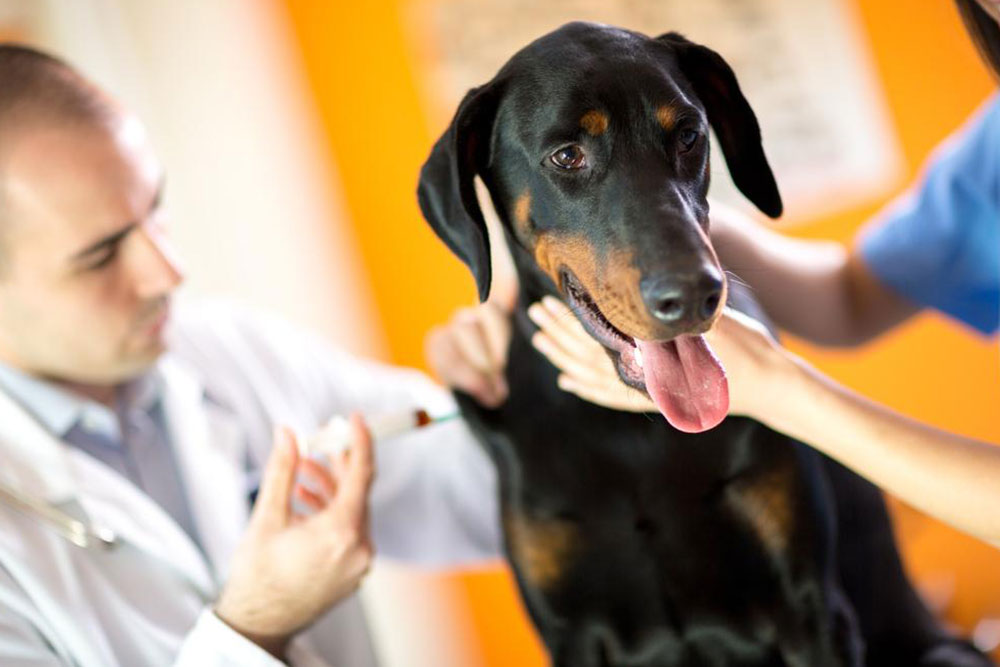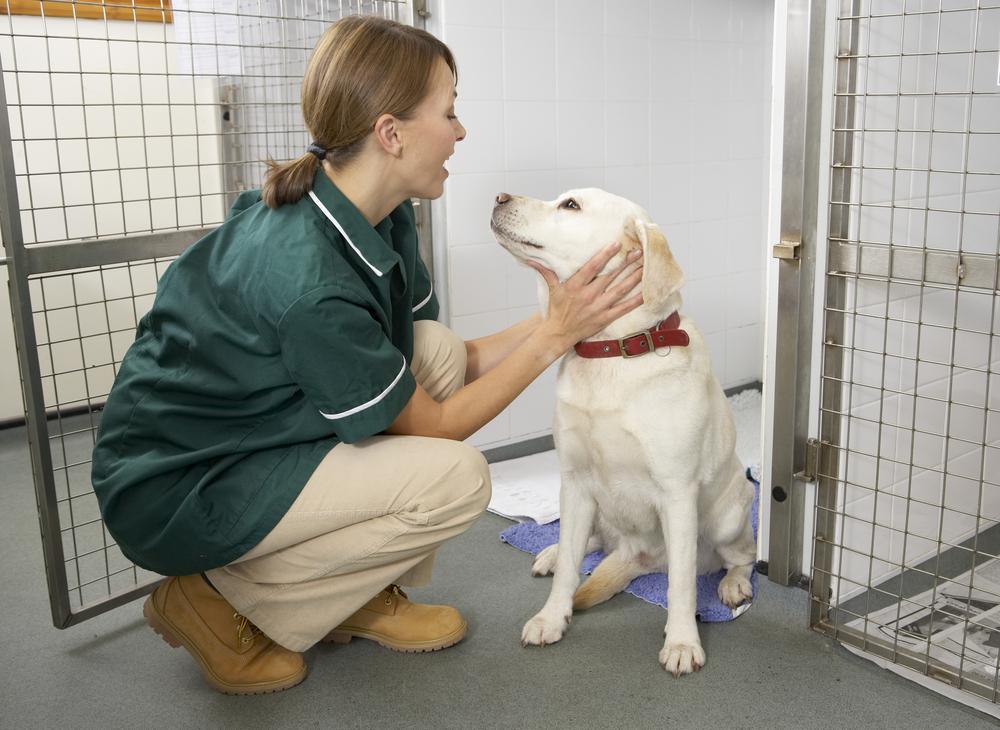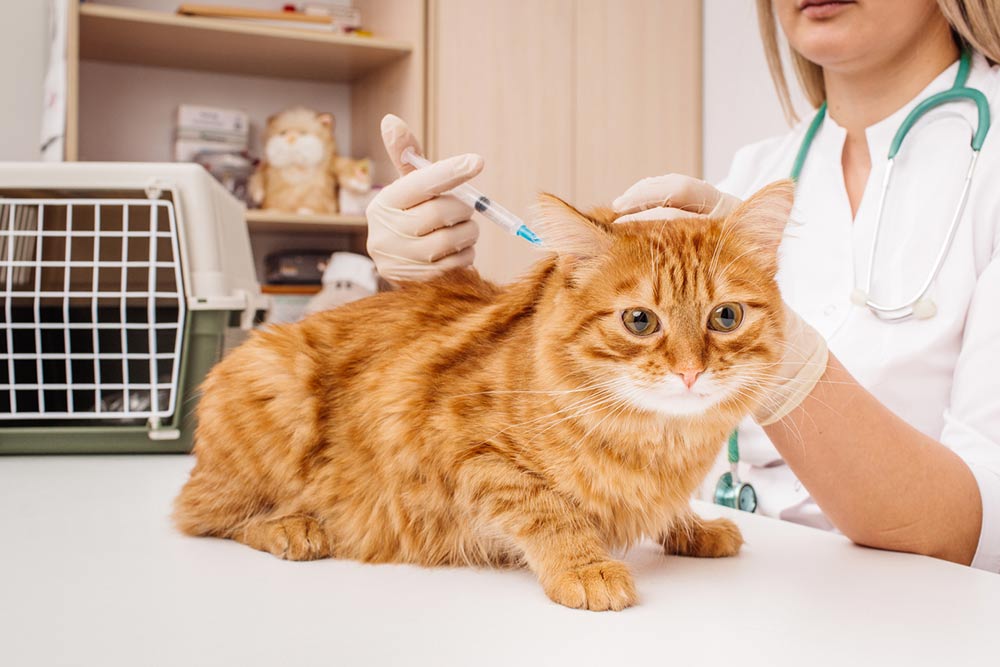Recognizing and Managing Pain Signals in Pets
Learn how to recognize signs of pain in your pets with simple indicators like ear positioning and activity changes. Prompt identification and professional veterinary care are crucial for effective pain management and ensuring your pet’s comfort. This guide highlights behavioral cues and safe treatment options, including medication and rehabilitative therapies, to help pets recover fully. Always consult with a veterinarian for personalized advice and never rely solely on online information for health issues.

Recognizing and Managing Pain Signals in Pets
Identifying pain in pets can be challenging, as animals often hide their discomfort due to survival instincts. As caretakers, it’s essential to recognize subtle signs of pain, which may stem from injuries or health issues that are not immediately visible. Dogs, in particular, may show various behaviors indicating distress. Understanding these signals enables you to respond promptly and seek appropriate veterinary care, ensuring your pet’s well-being and effective pain relief.
Below are some common signs that can help you determine if your pet is in pain:
Physical cues to watch for
Dogs often flatten their ears against their head when in discomfort, contrasting with their alert, upright ear posture during normal activity. Persistent ear flattening, accompanied by whimpering or unusual vocalizations, can signal pain. Additionally, frequent licking of a specific area suggests irritation or injury that needs attention.
Reduced activity levels
Pain may limit your pet’s movement. They might stay hidden in corners or under furniture, avoiding interaction. Increased irritability, growling, or snapping when approached can also be signs of pain. In such cases, avoid handling your pet without professional guidance. Contact your veterinarian promptly for assessment and safe pain relief options, which may include anesthesia if necessary.
For mild to moderate pain, vets may recommend over-the-counter pain medications or muscle relaxants. For more severe cases or post-surgical recovery, a combination of prescribed drugs and rehabilitative therapies like physical therapy or acupuncture can be beneficial. Proper nutrition, lifestyle adjustments, and alternative therapies should always be discussed with your veterinarian to ensure safe and effective pain management.
Remember, pain management extends beyond medication; rehabilitation, diet, and lifestyle are integral to recovery. Consulting professionals before trying alternative treatments is essential to ensure your pet’s health and safety.










